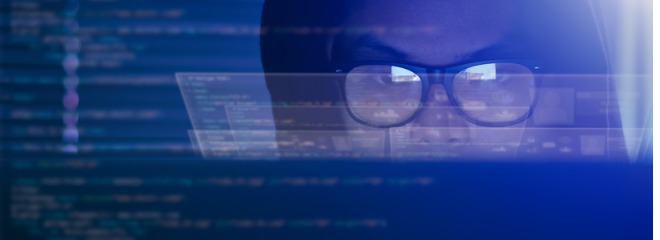
The Future of Standardized Identity Verification
Honor Donnie | May 12, 2020 | ID Verification
As the world of digital identity verification continues to evolve, we can expect more traditional methods to become obsolete. Still, we need to keep a close eye on the new methods that emerge to replace the old, which is where standardized identity verification comes in.
Standardized identity verification is a succinct process that includes certain ID requirements across the board, Instead of companies utilizing a plethora of different processes, at the basic level all are unified in their verification process. The goal isn’t to do away with what’s already in place, but to rebuild in order to ensure maximum security across all platforms.
The identity verification market continues to grow and is expected to reach $12.8 billion by 2024.
Combining online and digital tools can work in favor of a standardized identity verification process. Advancements in artificial intelligence, biometrics, and machine learning have enabled us to verify identities in a number of ways. As the identity verification market continues to grow and is expected to reach $12.8 billion by 2024, introducing guidelines focused on standardization is essential.
What does standardized identity verification look like?
With a variety of identity verification options to choose from, businesses need a regulated and unified verification system. Standardized identity verification will provide a level playing field for all platforms and services. For example, WebAuthn seeks to eliminate passwords and replace them with a single, decentralized system through which users can log in to any site.
The secret to standardization lies in multilayering. The IntelⓇ Authenticate Solution provides a great blueprint for standardized identity verification with its service. Using both hardware and software, Authenticate uses “true multifactor” (such as facial recognition, Bluetooth proximity, and logical location) to protect all identity operations on the computer, not just web-based services.
Accessibility in utility
Utility data is another potential source for standardized identity verification that could open the door for more people to be included in the financial system. An individual’s history of utility, cable, and telecom payments provides insight into their credit risk, ability to pay their bills, and verifies their name and address. Understanding the patterns of a consumer isn’t only beneficial for credit risk assessment but also helps to authentic habits associated with one’s identity.
Understanding the patterns of a consumer isn’t only beneficial for credit risk assessment, but also helps to authenticate habits associated with one’s identity.
Through the single source of utility payment data, standardized identity verification can attain a bounty of information – all with consumer permission. Experian’s 2018 report found that 70 percent of consumers are willing to provide additional financial information to a lender if it will improve their chances of getting a loan. Thus, with consumers opting in to share utility payment data, this new process can benefit both lenders and consumers.
How companies and consumers can benefit from standardized identity verification
Much like KYC, AML, and CCPA regulations, setting a standard for identity verification adds an additional layer of security as we continue to embrace the world of digital-first. By establishing a clear set of standards, companies can mitigate fraud risk through compliance, establish greater trust with their customers, and maintain better control over customer data with a centralized source.
As technology continues to make advancements in digital identity, combining digital tools creates a streamlined experience for both consumers and companies. Standardized identity verification would benefit from new data sources like utility data as it expands to serve more and more of the population. The most important thing is to ensure that new technologies truly improve security and user experience, rather than creating a more complicated landscape than before.
Learn how Urjanet can help your business access automated utility data for identity and address verification >
You might also be interested in:
- Friction Is the Future: High Risk, High Security ID Verification
- 5 Digital Tools to Help Fight Identity Fraud
- Utility Bill Identity Verification for the 21st Century
If you like what you’re reading, why not subscribe?
About Honor Donnie
Honor Donnie is a Marketing Coordinator at Urjanet, with a passion for content creation. When she’s not at Urjanet, she can be found reading, cooking, and listening to great music.
You May Also Like
Overcome Customer Onboarding Challenges in the Financial Sector
Honor Donnie | December 16, 2021 | Data & Technology | ID Verification
